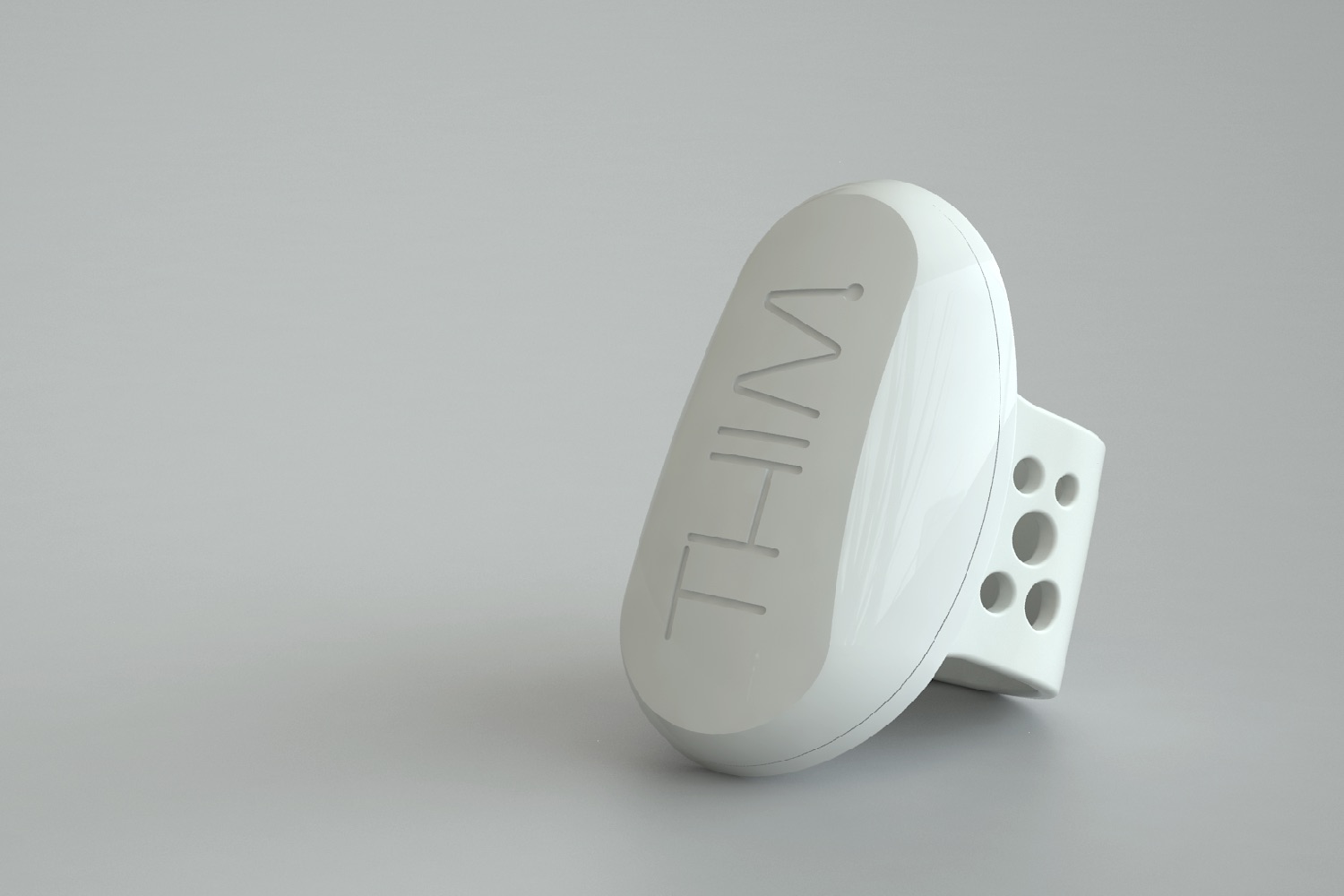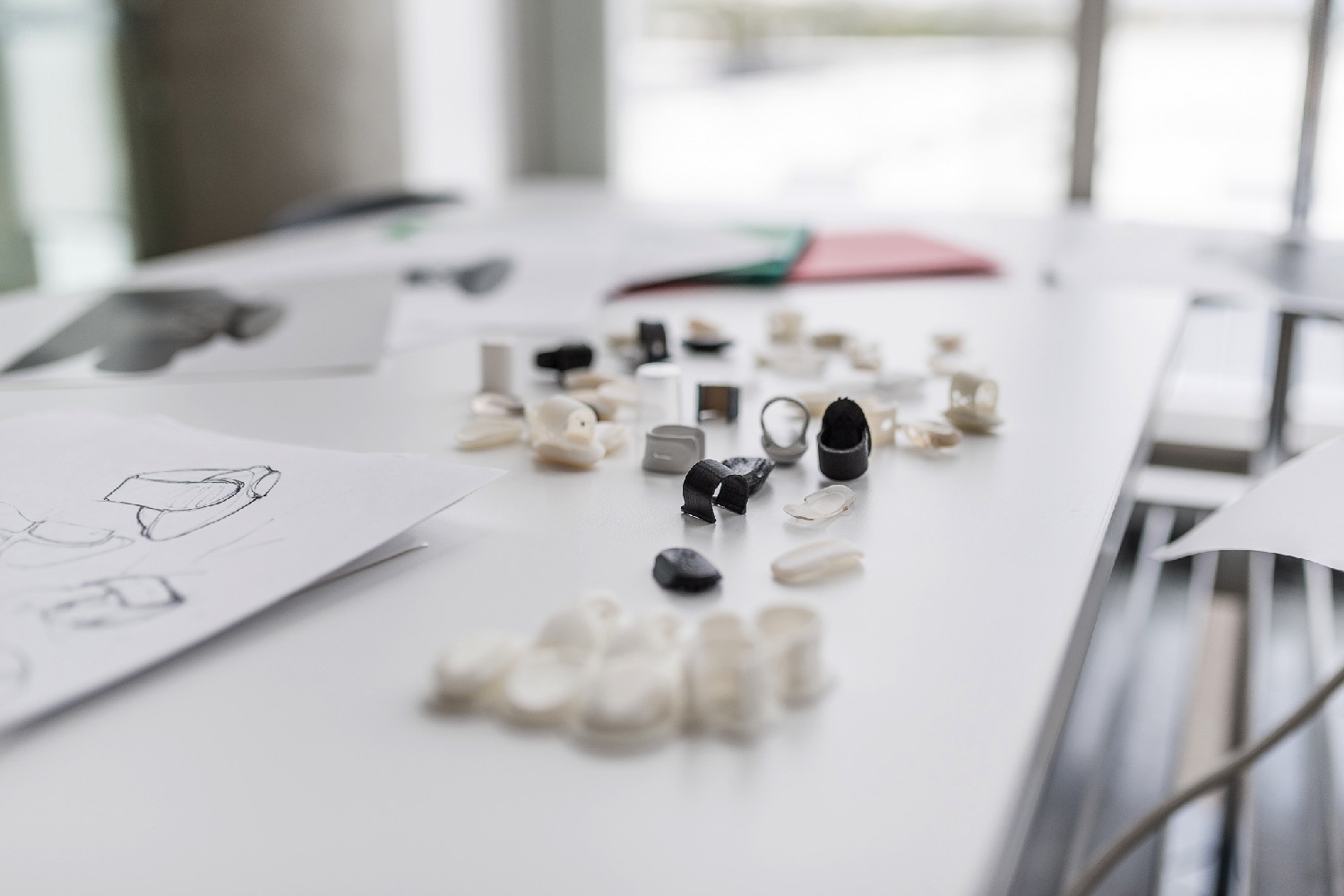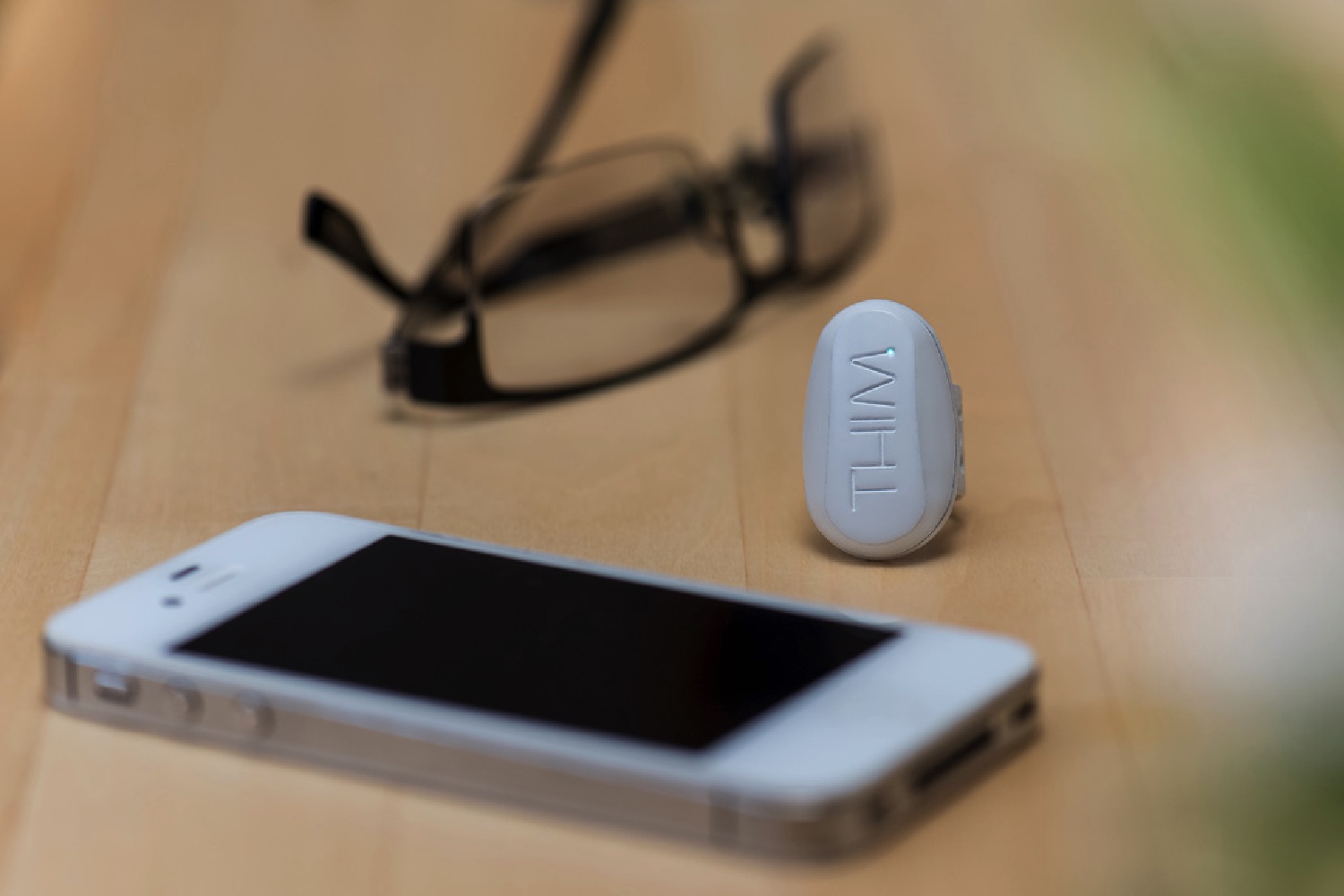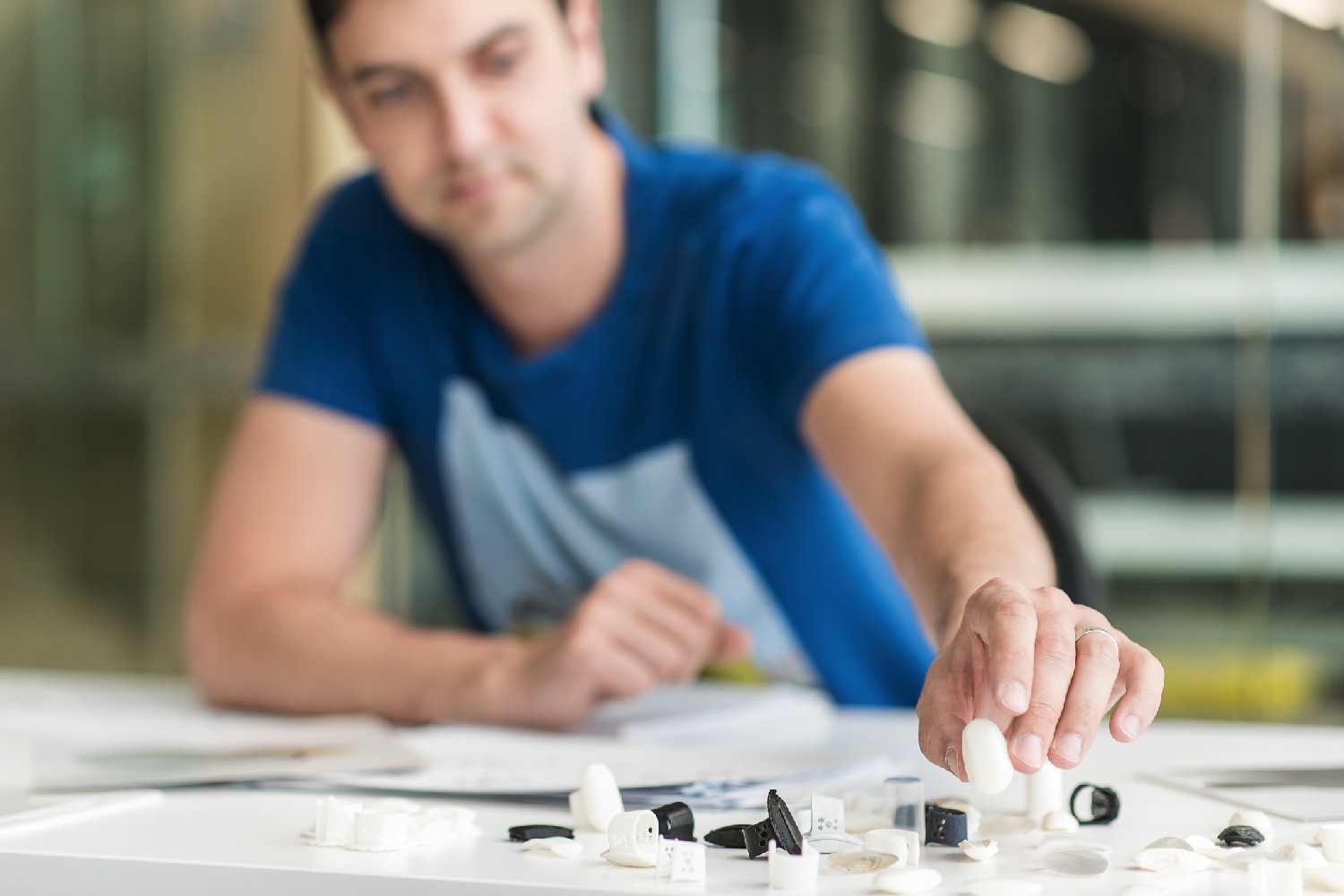Worn on any finger, Thim is designed to improve sleep for those who struggle to get good shut-eye, and it is based on the peer-reviewed research of Leon Lack, emeritus professor at Flinders University in Australia.
“World-renowned professor of sleep psychology, Leon Lack, discovered that if people experience the sensation of falling asleep again and again in quick succession, they learn to fall asleep sooner,” Ben Olsen, Thim’s founder, told Digital Trends. “That is, spending one night sleep retraining will teach your body to fall asleep sooner on the nights which follow that night of sleep retraining.”
This “sleep retraining” involves depriving a person of sleep for one night by waking them up the moment their head hits the pillow. Like any kind of training, practice makes perfect, and teaching your body to recognize falling asleep in a short space of time makes you better at sleeping steadily. In Lack’s study, participants who underwent sleep training fell asleep a half-hour sooner than those who did not, and went on to sleep for one extra hour.
Ben Olsen said that he had the opportunity to work with Lack in 2012 and was inspired by the experience. “[When] it was time to develop a new product, this was an obvious choice,” he said.
The Thim device aims to replicate Lack’s findings by figuring out when wearers fall asleep and then gently waking them three minutes later. This mild sleep interruption is, the company claims, “no more intrusive than being woken by tree leaves rustling in the breeze.” When users fall asleep again, they are once more allowed three minutes before again being awakened. This process carries on for a total of 60 minutes, before leaving users to sleep properly for the remainder of the night.
In addition to the nighttime assistance it offers, the device can also help wearers to take the perfect power nap and gain quality sleep.
“We want to help people who struggle to fall asleep,” Olsen said. “Too many people live with poor sleep, [meaning] the inability to fall asleep and stay asleep. We want to change that. We can helps millions of people with a product proven through two peer-reviewed research papers. It’s a really cool feeling.”
A Kickstarter pledge of 109 Australian dollars ($83) will secure you an early bird Thim sleep tracker, although other options are also available.
Editors' Recommendations
- Sleep Number’s New 360 Smart Bed monitors and improves sleep health as you age
- Clever new A.I. system promises to train your dog while you’re away from home
- New coronavirus test promises to give you results on an app in 30 minutes
- Sleep Number’s Climate360 smart bed warms and cools sleepers for better comfort
- Does tracking your sleep actually help you sleep better? We asked an expert







